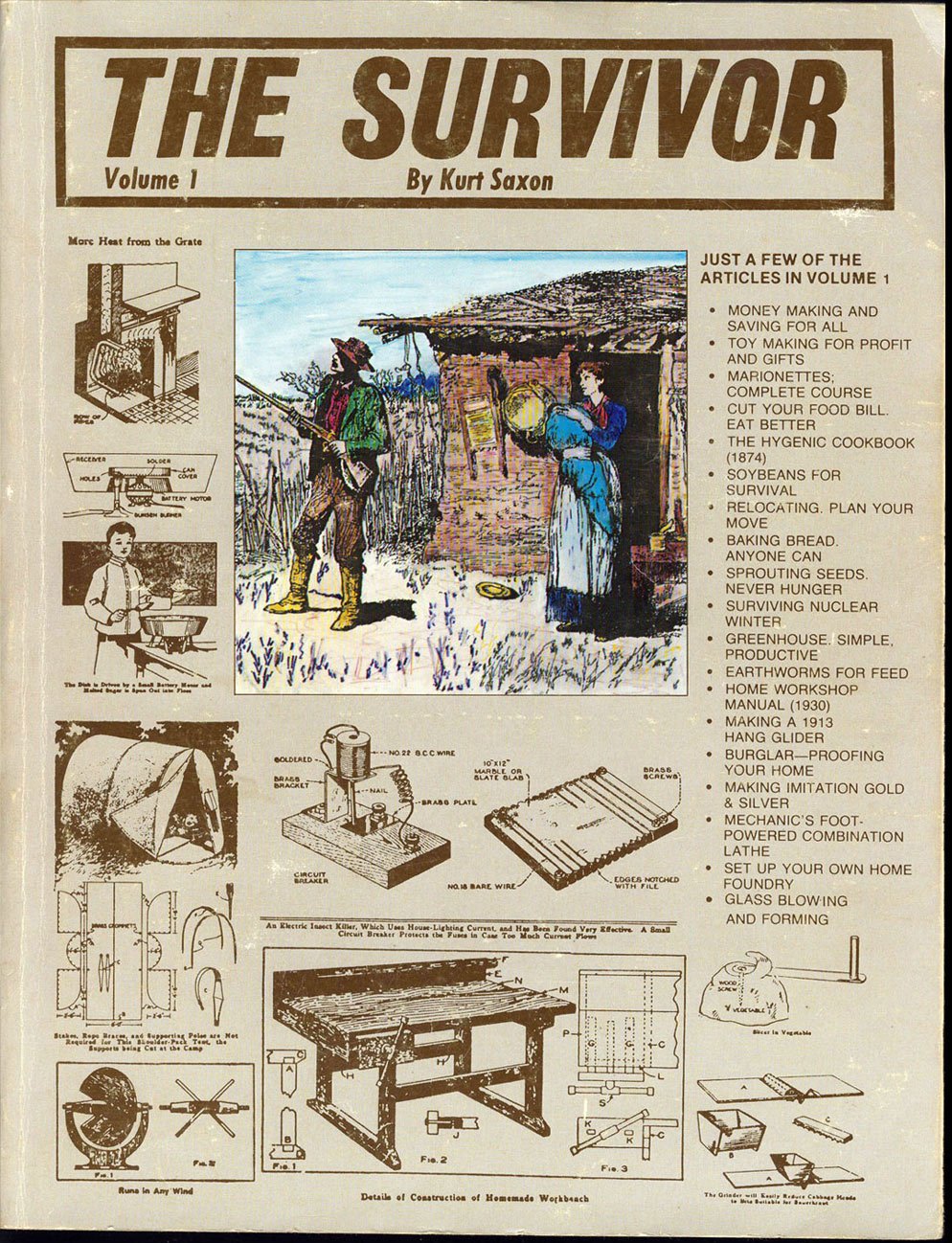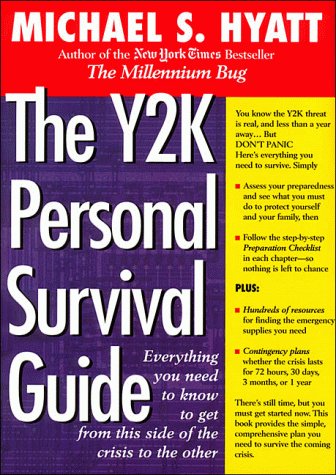Otherwise known as the prepper movement, the term refers to people who proactively prepare for emergencies of all kinds and practice outdoor survival skills as a sport or hobby.
What might seem eccentric or weird actually used to be standard practice: Until approximately 12,000 years ago, hunter-gatherer culture was the most common lifestyle among humans. Knowing how to survive was just part of everyday life. Naturally, ever since then, the practice of survivalism has vastly changed. Unlike early generations, people nowadays prep for catastrophes not out of necessity but rather out of personal philosophy.
But even that wasn’t always the case. Over time, there have been various historic events that encouraged people to learn and practice survival skills.
Survivalism experienced its first big soar in the 1950s and 60s, when the Cold War between the United States and the USSR caused widespread fear of an impending nuclear war. The US government fueled these anxieties by encouraging citizens to build fallout shelters, and bomb drills became a part of daily life – even in schools. Through civil defense films, people were taught how to behave in case a nuclear bomb should drop.
One of the most famous civil defense films is “Duck and Cover” from 1951, starring Bert the Turtle.
Of course, in view of these circumstances, the survivalist movement skyrocketed. People like Harry Browne or Don Stephens began offering seminars on how to build bomb shelters or survive in crises such as a monetary collapse.
In 1975, Kurt Saxon. started publishing his newsletter The Survivor. Although Saxon’s motives were highly controversial, with him having drifted into and out of several political and religious organizations, his works became widely acknowledged among survivalists.

Numerous other books about economic collapse and disaster preparedness were published during this decade, and by the 1980s, survivalism had become a billion-dollar industry. Moreover, there were expos for survivalist equipment.
The Y2k scare slightly revived the survivalist movement. Survival guides and kits became extremely popular. Michael S. Hyatt’s Y2k Personal Survival Guide stayed on the New York Times "Business Best Sellers List" for seven months.

However, the reputation of survivalism suffered during these years, as preppers were though of to be right-wing conservatives with radical anti-government views.
Another wave of survivalism began after the 9/11 attacks and subsequent bombings in Bali, Madrid, and London. Authorities suddenly instructed people to stockpile duct tape, make disaster kits, and be ready to evacuate. These were things that survivalists had been preaching for years, and subsequently, the practice of survival skills became once again more popular.
... So far, so good!
In this interactive survival guide, you will learn how to survive in three different biomes: The arctic, the desert, and the jungle.
Where do you want to go first?

